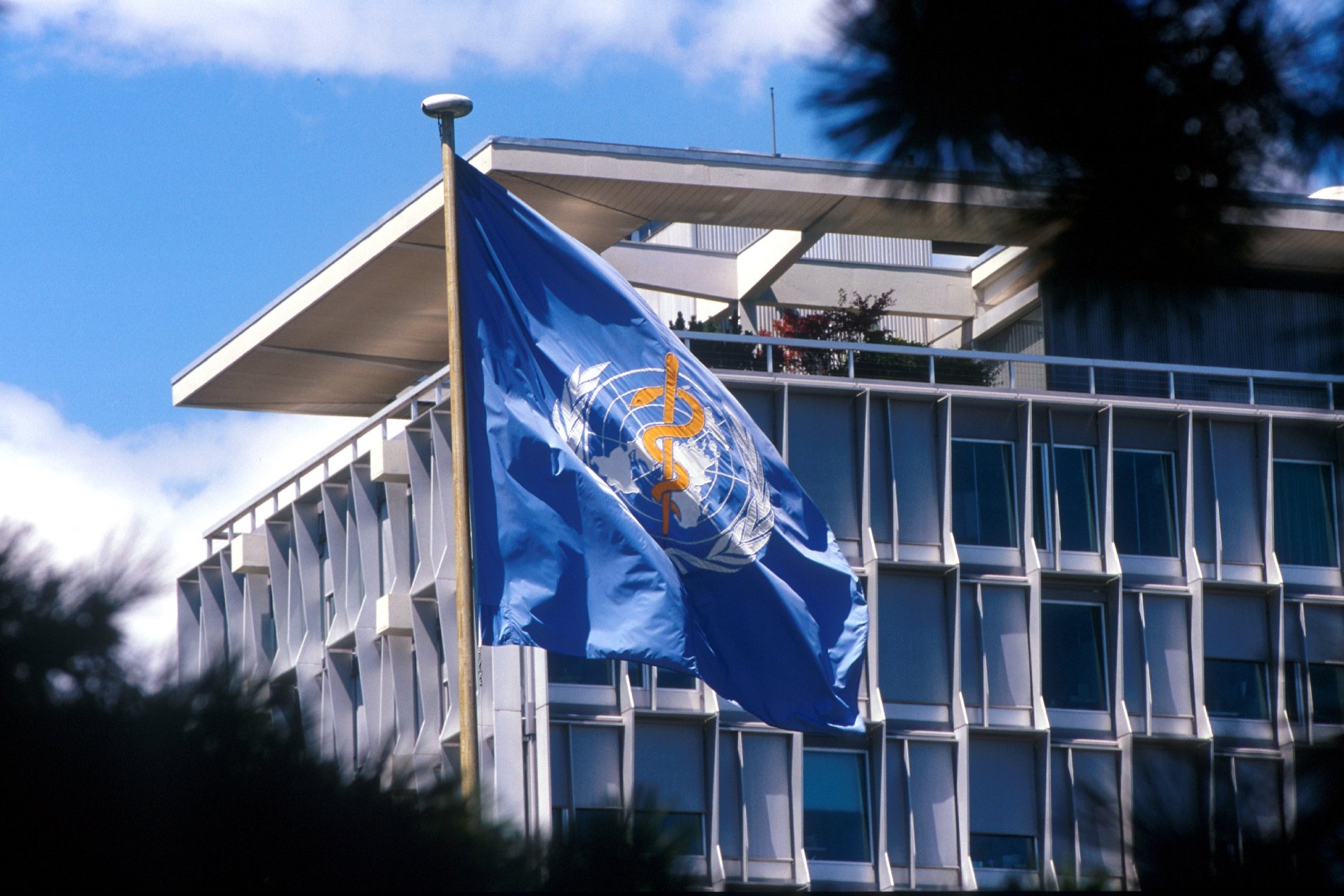The pressure against using artificial sweeteners is set to increase after the World Health Organization labelled Aspartame as a possible carcinogen.
A landmark report from the World Health Organization (WHO)’s International Agency for Research on Cancer, expected to be published on July 14, is set to classify aspartame – one of the world’s most popular artificial sweeteners – as a “possible carcinogen”, according to Reuters.
This comes despite years of conflicting research that was unable to definitively link the sweetener to cancer.
Aspartame is known to be much sweeter than sugar, and significantly less is required to reach comparable potency to sugar, thus resulting in it being a low-calorie product.
It is widely used from carbonated drinks to gum. And yet, numerous research previously hinted at detrimental side effects.
Possibly cancerous to humans
WHO’s International Agency for Cancer Research will designate the chemical “possibly cancerous” and will give aspartame the 2B classification of “possibly cancerous”, while WHO and the UN’s Food and Agriculture Organization (FAO) are expected to collaborate to find a new acceptable daily intake number.
Previous research had suggested that 40mg/kg of body weight per day was an acceptable form of intake. Considering the level of aspartame present in Diet Sodas, for instance, the above value would put 21 cans per day for the average human as acceptable.
The IARC isn’t concerned with readjusting acceptable levels of intake. However, its decision to classify aspartame as a carcinogen would have consequential effects on the food industry, with regulators, business interest groups, and lobbyists expected to be pushing for the substitution of the product.
An IARC spokesperson said both the IARC and JECFA committees’ findings were confidential until July, but added they were “complementary”, with IARC’s conclusion representing “the first fundamental step to understand carcinogenicity”.
The additives committee “conducts risk assessment, which determines the probability of a specific type of harm (e.g. cancer) to occur under certain conditions and levels of exposure.”
There has been debate online about whether the possible carcinogenic classification is a cause for concern.
The first tier classification includes factors like processed meat and asbestos, which have overwhelming evidence of carcinogenicity in humans and animals.
The second tier – the 2A – is allocated when the stimuli are “probably a carcinogen”, which includes eating red meat and using steroids.
The tier below – the 2B – is for “possibly a carcinogen”, with limited evidence in humans and insufficient evidence in animals. Lower tiers are unclassifiable and/or non-carcinogenic.
People online have argued that group 2B contains seemingly benign agents as carcinogens and many have chosen to dismiss the classification as not a cause for concern.







